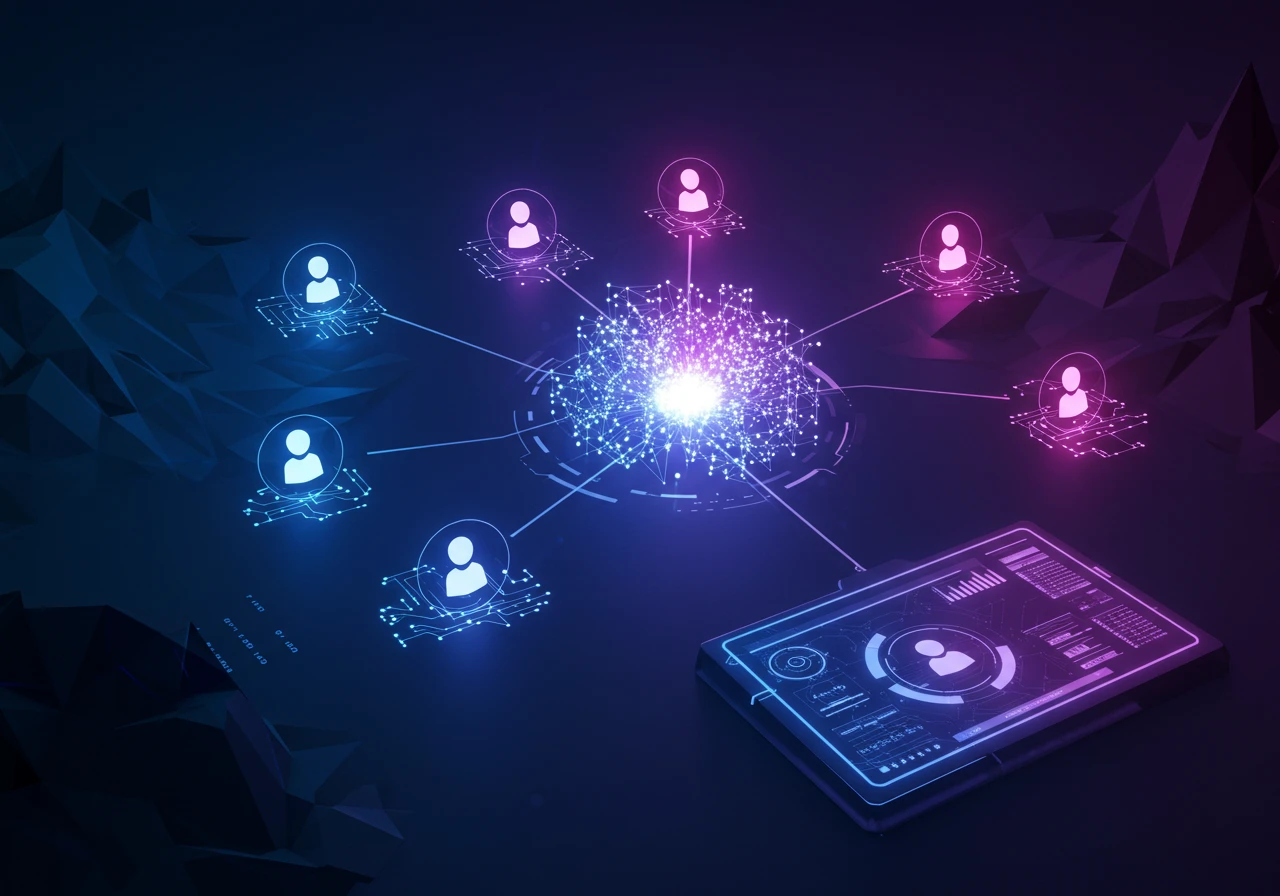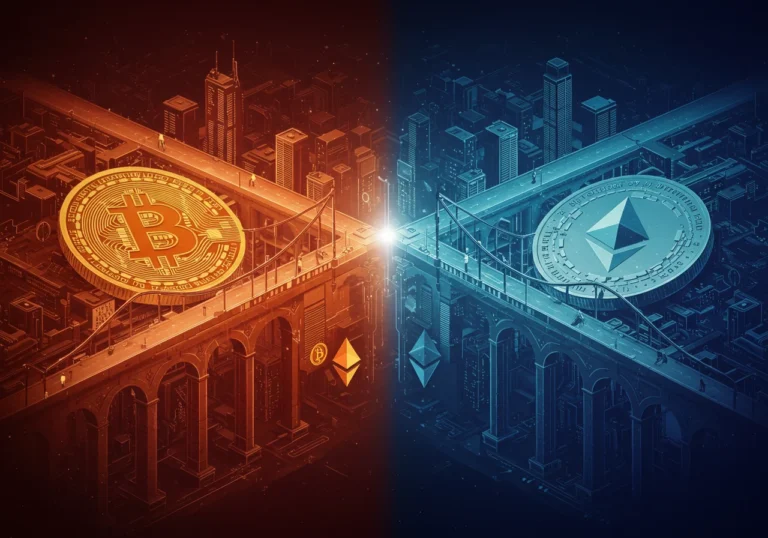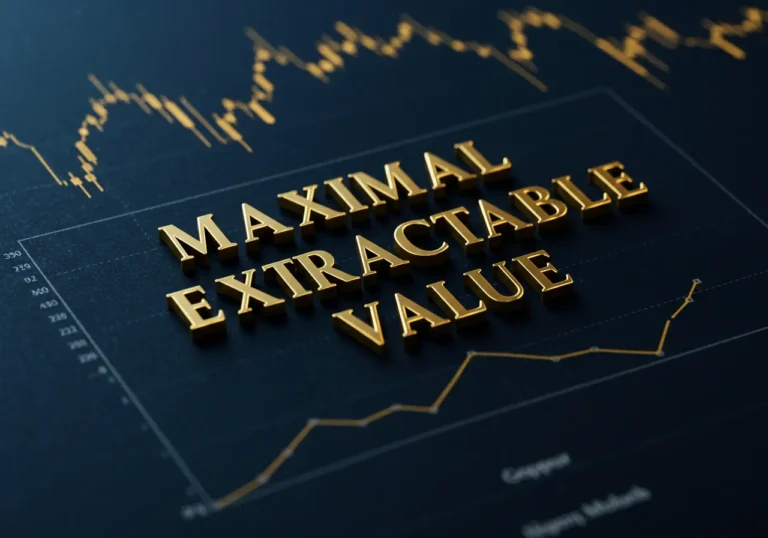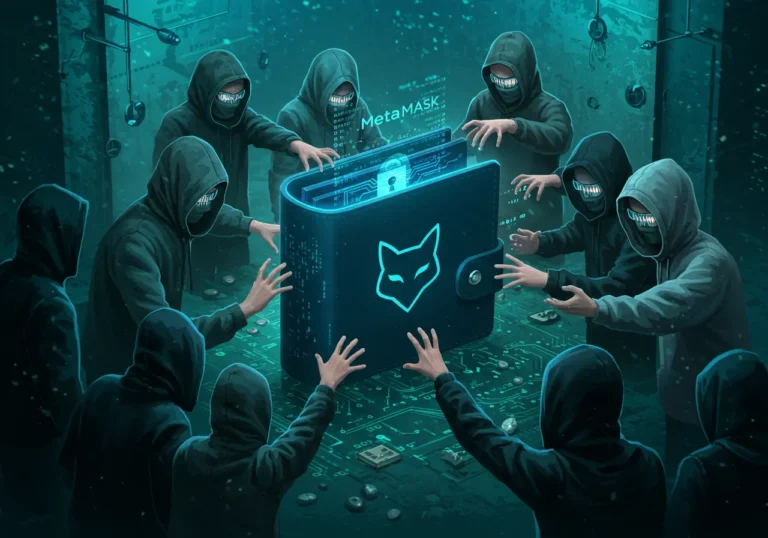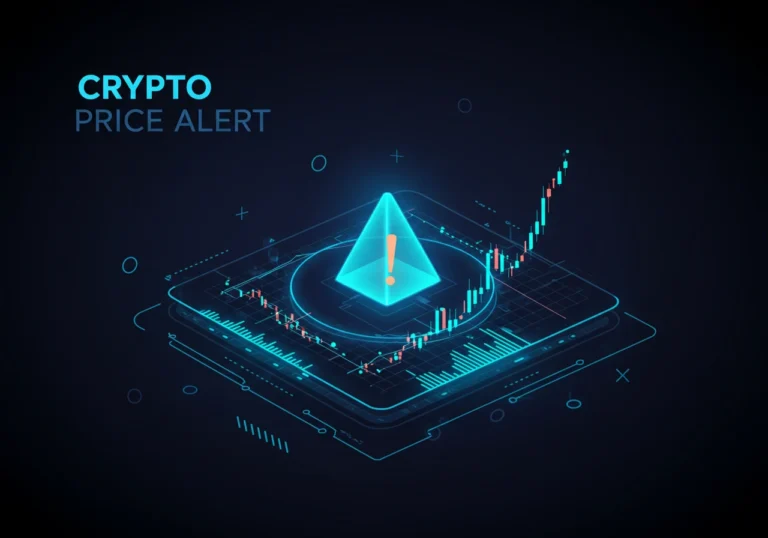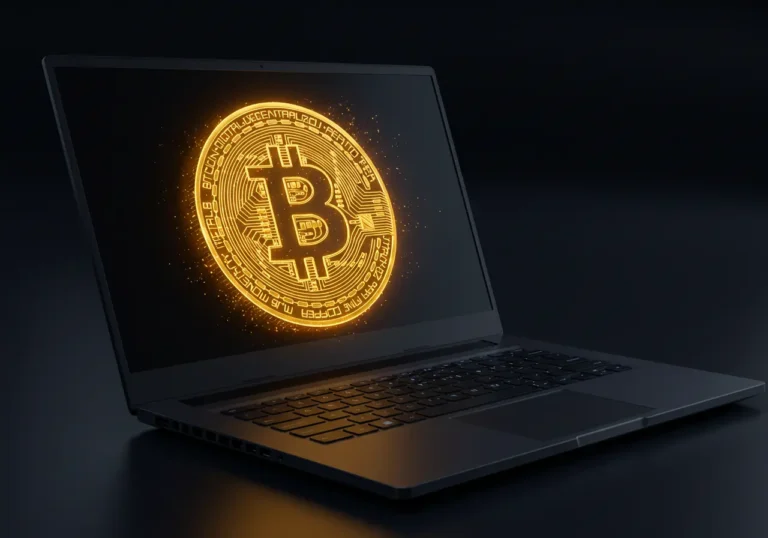Account Abstraction Explained: The Tech Making Crypto Wallets Safer
Have you ever felt a small pit in your stomach when you clicked a crypto wallet link? I have. One time I nearly sent the wrong token because the address looked almost identical. That tiny mix-up taught me how fragile our crypto safety can feel. It also made me look for smarter ways to use wallets.
Account Abstraction can help with that. It is a technical idea, but its promise is simple: make wallets less fragile and easier to use. I’ll walk you through how it works.
What is Account Abstraction?
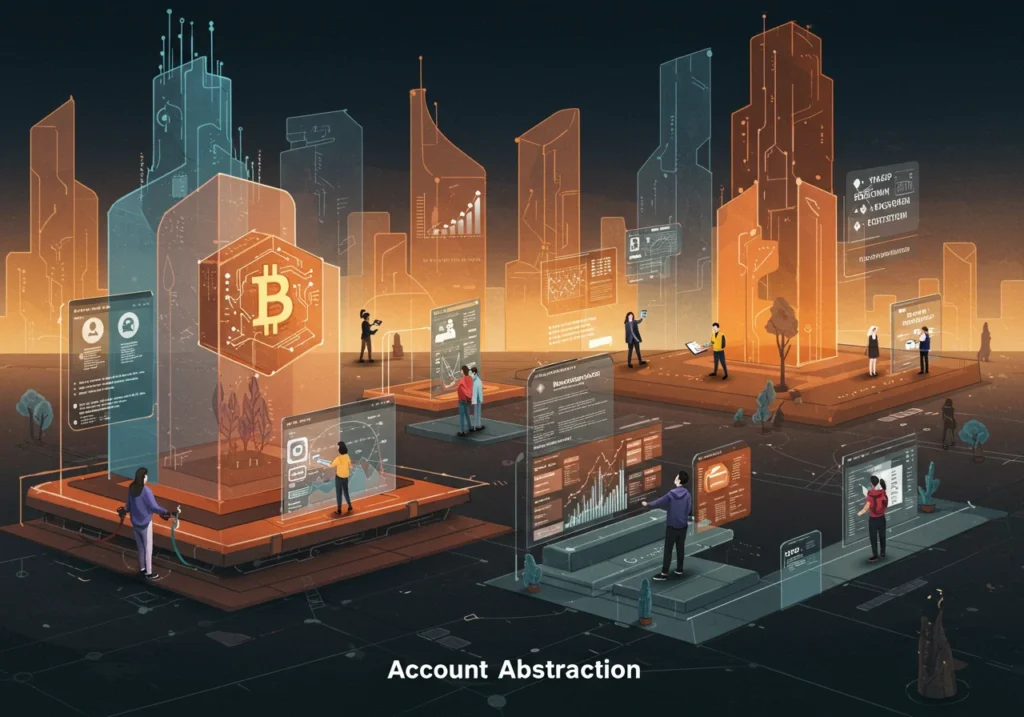
Account Abstraction is a change in how blockchain accounts and wallets work. Right now, many wallets are basic. They hold keys and sign transactions. With account abstraction, wallets become programmable. They act more like small smart contracts that can follow rules.
This means your wallet can:
- Require multiple approvals for big transfers.
- Automatically pay gas in a token you hold.
- Recover access using a trusted contact or hardware device.
When we say Ethereum Account Abstraction, we point to one major network where these ideas are being adopted. But the idea can work across blockchains.
A simple story to explain it
Imagine a house key. Today, crypto wallets are like a single key that opens your front door. Lose it, and you lose access. Account abstraction is like replacing that key with a smart lock. The lock can accept a code, a fingerprint, or a secondary key from a trusted neighbor. The door stays secure. It is also kinder if you make a small mistake.
That is the heart of the change: more ways to secure access, and fewer ways for one small error to ruin your day.
Why wallets need this
Crypto is powerful. It gives people control. But control has a cost. Keys are easy to lose. Phishing tricks are easy to fall for. And paying gas fees in the right token can be confusing.
Account abstraction helps with all that. It focuses on three clear goals: safety, usability, and flexibility.
Safety first
A customizable wallet means you can add safety nets. You might require two devices to sign a big move. You might set daily transfer limits. These rules reduce the chance of total loss.
Usability matters
Too many people struggle with gas fees or with remembering which token is used to pay those fees. With Gas Fee Optimization, wallets can automatically pick the cheapest or most convenient way to pay. That makes using crypto less scary.
Flexibility for developers
For builders, account abstraction unlocks new patterns in Decentralized Application Development. Apps can integrate directly with smart wallets. That makes features smoother and safer for users.
The tech in simple words
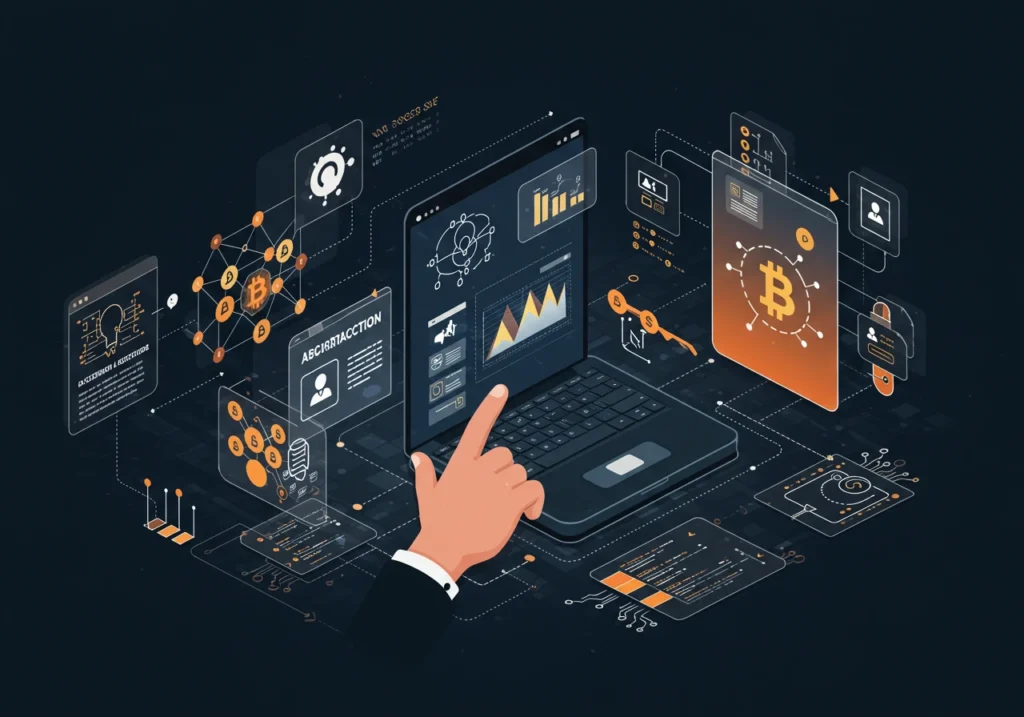
We don’t need deep code to understand how it works. Think in layers.
- Base layer: The blockchain still records transactions. Nothing magical here.
- Smart wallet layer: The wallet behaves like a small program. It can check rules before allowing a transaction.
- Relayer or paymaster: A service that can cover gas fees or optimize them, enabling Gas Fee Optimization.
- Recovery and security modules: Optional parts that add multi-factor recovery and limits.
These parts work together to boost Blockchain Transaction Efficiency and user safety.
Smart Contract Interoperability and wallets
Because the wallet itself acts like a smart contract, it can speak directly to other contracts. This is Smart Contract Interoperability in action. Instead of a human signing and sending a transaction, a smart wallet can validate conditions, then call other contracts safely. This reduces the steps and the chances for error.
This interoperability also makes features like scheduled payments and batch transfers easier and safer.
Real benefits people will notice
Let’s get practical. What does this mean for you?
Easier recovery without losing security
If you lose a private key, recovery was once nearly impossible without backups. With account abstraction, you can set a recovery plan. Maybe three trusted devices or contacts approve a recovery. You keep control but avoid total lockout.
Pay gas in any token
No more juggling ETH to pay fees. A wallet using Gas Fee Optimization can let you pay in stablecoins or other tokens. It can estimate the cheapest route and make the payment on your behalf.
Safer interactions with apps
When a smart wallet talks to a new app, it can limit what the app can do. For example, let the app transfer only a small amount unless you approve more. That reduces the risk of malicious contracts draining your funds.
How developers use it — basic steps
If you build apps, account abstraction can make your product friendlier.
- Create a smart wallet that follows a standard.
- Let users create wallets with social recovery or hardware options.
- Offer to sponsor gas fees through a paymaster for first-time users.
- Use Smart Contract Interoperability to call user wallets directly, reducing clicks.
This approach helps both novices and advanced users. It also opens doors for new business models.
Common concerns and how to think about them
New tech brings questions. Here are the ones I hear most.
Is it less secure because it’s programmable?
No, not if done right. Programmability increases options, but it can add complexity. The key is audits, clear code, and simple defaults. A smart wallet that follows tested rules is safer than a raw key.
Will it make hacks easier?
Any software can have bugs. Smart wallets must be well-reviewed and backed by audits. Also, account abstraction allows for limits and multi-sign checks that make large hacks harder to execute.
Can I still use my hardware wallet?
Yes. Hardware tools can be part of a smart wallet’s security setup. You can require a hardware signature for sensitive actions.
A practical checklist for choosing a smart wallet
If you want to try a wallet with Account Abstraction, here is a easy checklist:
- Does the wallet offer social or hardware recovery?
- Are there transparent audits of the wallet code?
- Is gas paid flexibly through Gas Fee Optimization?
- Does the wallet support Smart Contract Interoperability with major dApps?
- Are limits and multi-sign options available?
- Is the project open about fees and safety practices?
If most answers are “yes”, the wallet is worth exploring.
A short example — Anna’s first smart wallet
Anna wanted to use crypto but feared losing her key. She found a smart wallet that helped:
- She created the wallet with a phone and a hardware device.
- She set a rule: no single device can send more than $2,000 without a second signature.
- The wallet paid gas fees in a stablecoin when needed.
- When Anna’s phone went missing, she used her hardware key plus a trusted friend to recover access.
Anna could use apps, buy tokens, and still feel safe. That’s the practical win.
How this changes Decentralized Application Development
For builders, wallet safety matters. Users leave apps when wallets are hard or risky. With account abstraction, apps can:
- Offer one-click onboarding by sponsoring gas.
- Reduce user mistakes by limiting contract permissions.
- Enable richer features like scheduled payouts or subscription payments.
In short, Decentralized Application Development becomes more user-friendly. That grows adoption.
A quick word on costs and trade-offs
Nothing is free. Account abstraction can add gas overhead because wallets might run extra checks. But with smart design and Gas Fee Optimization, overall costs often fall. Developers can batch operations and relayers can subsidize first-time users.
The trade-off is clear: a small technical cost for much better safety and user experience.
Visuals and images you can use
Visuals make this easier to understand. Two ideas:
- Smart Wallet Flow Diagram
Alt text: Diagram showing a user, a smart wallet, a paymaster, and a decentralized app communicating, illustrating Account Abstraction flow. - Gas Fee Optimization Chart
Alt text: Bar chart comparing gas costs for a standard wallet vs. a smart wallet with Gas Fee Optimization, showing lower average costs over many transactions.
Add these near the technical section. They help readers see the flow without deep reading.
Final thoughts — a short promise
Account abstraction is not a magic fix. It is a practical step toward safer, better wallets. It reduces single points of failure. It lets users pay gas in ways that make sense. It helps developers build kinder apps. Above all, it brings more control to ordinary people.
If you are curious, try a small experiment. Use a vetted smart wallet for a minor amount. Notice how recovery and gas features feel. You will learn more by trying than by guessing.
I’ve tested a few setups myself. Each one gave me more peace of mind. If you are careful and pick trusted tools, this tech can make your crypto experience calmer. As we say around here, little by little, things get easier.
Quick recap
- Account Abstraction makes wallets programmable and safer.
- Ethereum Account Abstraction is a leading example, but the idea can work across chains.
- Smart wallets enable Smart Contract Interoperability and richer features.
- Gas Fee Optimization can simplify paying transaction fees.
- Improved wallets boost Blockchain Transaction Efficiency and Decentralized Application Development.
- Always check audits, recovery options, and fee models before trusting a wallet.
Table of Contents

Hello, I’m Edmilson Dias, founder of CoinBringer. I created this platform to guide people through the fast-moving world of cryptocurrency with clarity and safety. With years of research in blockchain and digital security, my goal is to translate complex topics into practical knowledge, offering reliable tutorials, safety insights, and guidance for both newcomers and experienced users.
Discover more from CoinBringer
Subscribe to get the latest posts sent to your email.

